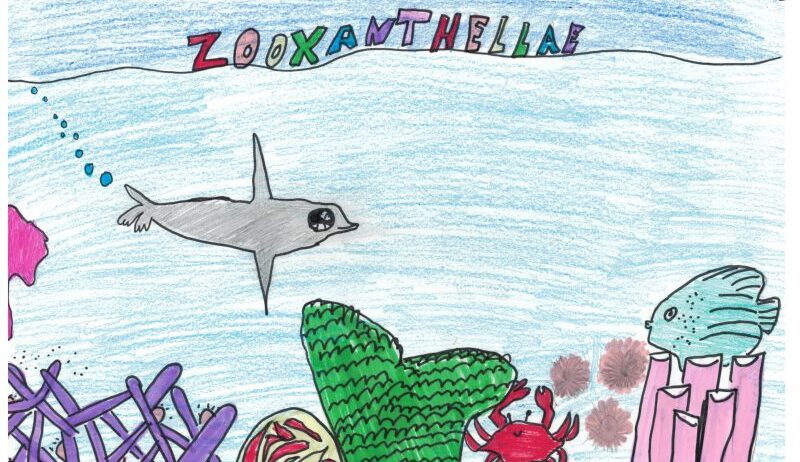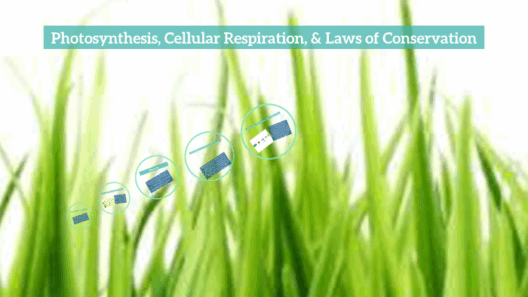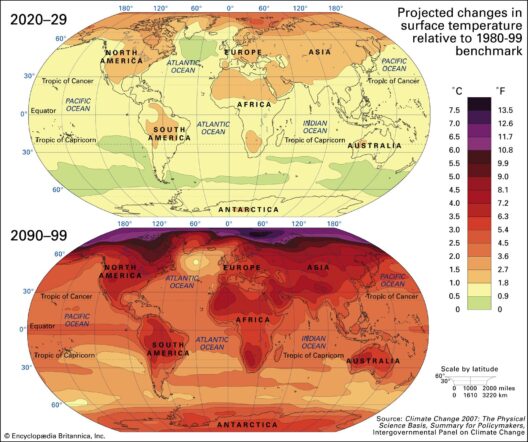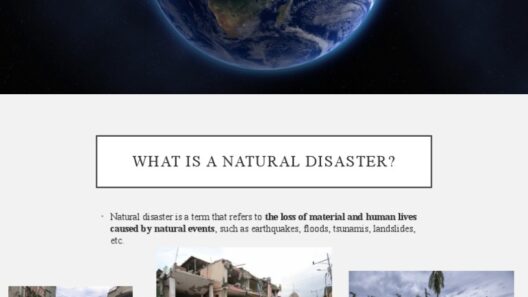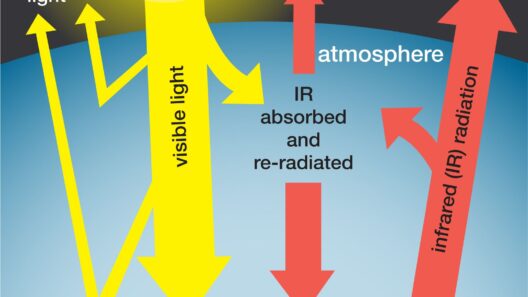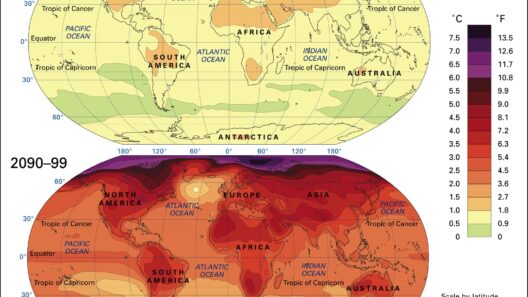In the vast expanse of the ocean, a microscopic ally plays a pivotal role in maintaining marine ecosystems and regulating the climate. Zooxanthellae, tiny dinoflagellate algae, inhabit the tissues of coral reefs and other marine organisms, forming a symbiotic relationship that is essential not only for the survival of these creatures but also for the health of our planet. Their significance extends far beyond their minuscule size; they are integral to understanding the ocean’s response to climate change.
To grasp the importance of zooxanthellae, one must first consider their role in coral reef ecosystems. Corals, often referred to as the rainforests of the ocean, are composed of polyps that harness sunlight for energy through their partnership with zooxanthellae. These algae perform photosynthesis, converting sunlight into energy while releasing oxygen and organic compounds that nourish the corals. This relationship is a cornerstone of coral health, allowing reefs to flourish in nutrient-poor waters.
Additionally, zooxanthellae contribute to the vibrant colors of coral reefs. The pigments produced by these algae are responsible for the stunning hues seen in coral formations, ranging from deep blues to radiant yellows. However, this beauty can mask a deeper vulnerability. As ocean temperatures rise due to climate change, the delicate balance of this relationship is threatened. Increased temperatures lead to stress in corals, resulting in the expulsion of zooxanthellae, a phenomenon known as coral bleaching.
Coral bleaching is a stark indicator of broader climatic shifts. When corals expel their zooxanthellae, they not only lose their color but also their primary source of nutrition. This loss can lead to mass mortality events, with devastating consequences for marine biodiversity and coastal economies. As coral reefs decline, the myriad species that rely on these ecosystems for habitat, food, and protection are also at risk. This interconnectedness reveals a network of dependency that underscores the fragility of marine life in the face of climate change.
Moreover, the relationship between zooxanthellae and corals can serve as a proxy for understanding how marine organisms respond to environmental stressors. Research into the resilience of various zooxanthellae species indicates that certain types possess an intrinsic ability to withstand higher temperatures and greater levels of stress. This adaptability might allow for natural selection to shape the composition of zooxanthellae populations in the coming decades. Such findings hint at potential pathways for coral survival, opening avenues for conservation strategies.
Additionally, zooxanthellae do not merely exist within coral reefs; they are also found in an array of marine ecosystems. From giant clams to sea anemones, these algae have forged symbiotic relationships with various organisms, highlighting their versatility and importance. The ecological roles of these partnerships extend to nutrient cycling within marine environments, contributing to overall ocean health and functioning.
Yet, the threats posed by climate change do not cease with temperature increases. Ocean acidification, caused by elevated levels of carbon dioxide absorption by sea waters, poses a secondary threat to zooxanthellae and their coral hosts. As the pH of ocean waters decreases, the availability of carbonate ions diminishes, making it difficult for corals to build their calcium carbonate skeletons. This further exacerbates the challenges facing both corals and their symbiotic algae, compounding the impacts of warming waters.
The plight of zooxanthellae serves as a microcosm of the larger environmental crisis that is unfolding in our oceans. The loss of these vital allies is emblematic of the broader degradation of marine ecosystems, which are increasingly subjected to human pressures, including pollution, overfishing, and climate change. Each of these factors interacts synergistically, creating a perilous situation for the fragile balance of ocean life.
Addressing the climate crisis is not merely an environmental issue but a social and economic imperative as well. The health of coral reefs, and by extension zooxanthellae, directly influences fisheries, tourism, and coastal protection, which are essential to the livelihoods of millions worldwide. As nations grapple with climate commitments, the preservation of these ecosystems must be prioritized to ensure future sustainability.
Conservation efforts aimed at protecting coral reefs and their symbiotic partners must consider the resilience of zooxanthellae. These efforts may include the restoration of damaged coral ecosystems, the establishment of marine protected areas, and the promotion of sustainable fishing practices. Additionally, public awareness campaigns can educate communities about the importance of these organisms and the role they play in maintaining ocean health.
In conclusion, the story of zooxanthellae is one fraught with challenges yet rich with opportunities for awareness and action. Understanding their vital role within the marine ecosystem and their susceptibility to the escalating climate crisis highlights the urgency to protect our oceans. The fate of zooxanthellae serves as a poignant reminder of our collective responsibility to enact change, ensuring that these tiny yet indispensable organisms continue to thrive alongside their coral hosts and contribute to the health of our planet.



